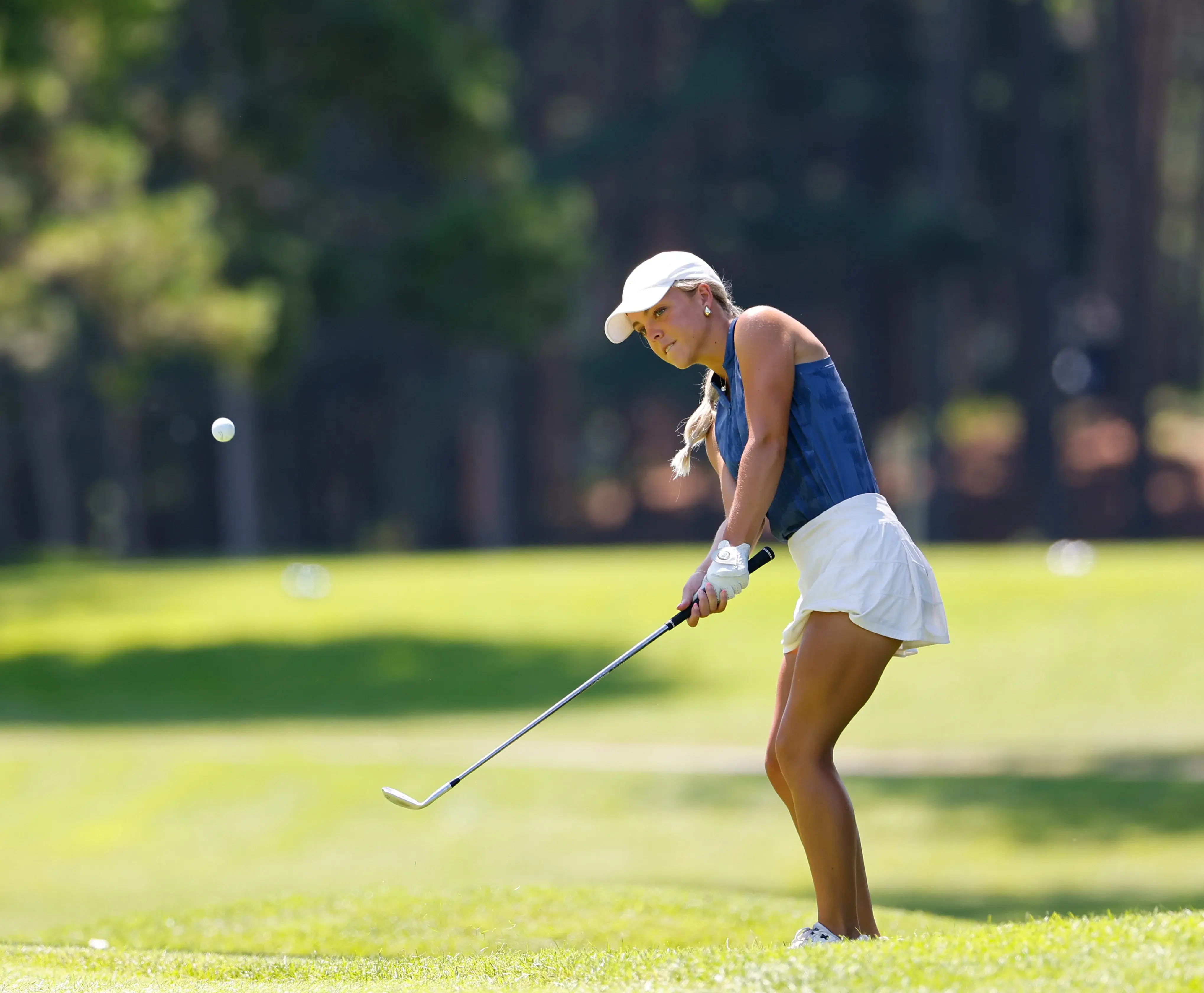Defending Champ Goodno, Anderson, Hurley and Williams Reach Semifinals at MGA Senior Women's Match Play
ELK RIVER, Minn. – In search of her first win of the 2025 season this week, defending champion Linda Goodno opened the Minnesota Golf Association...



